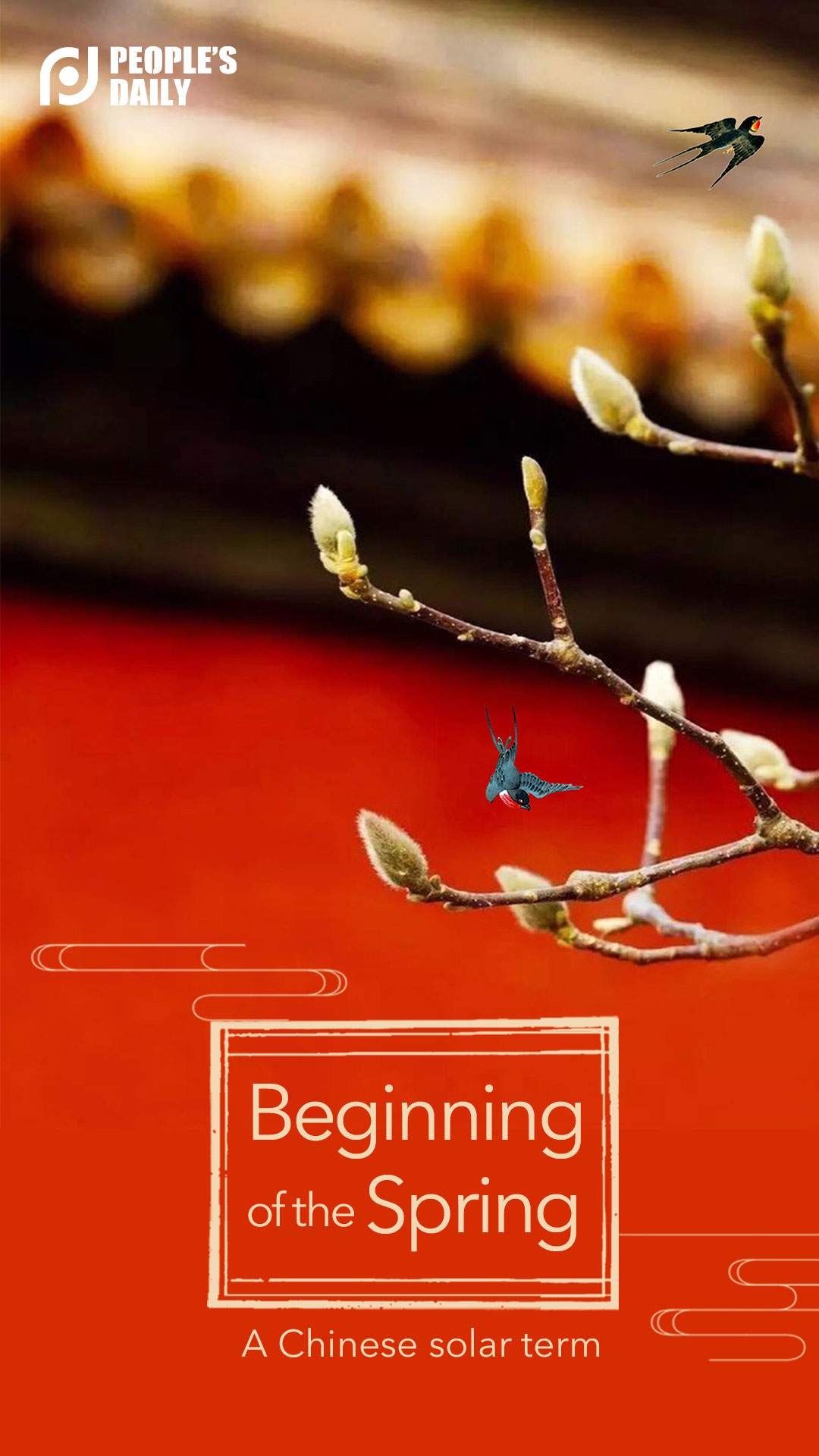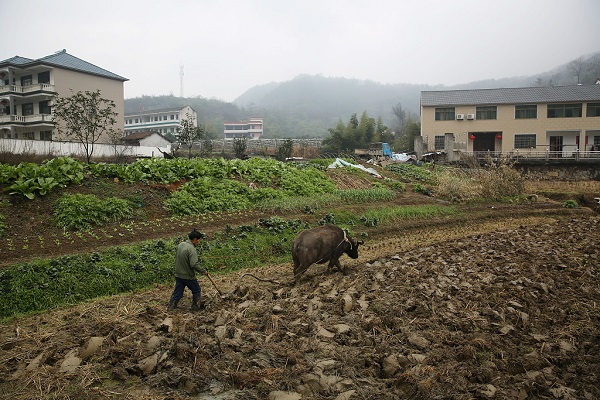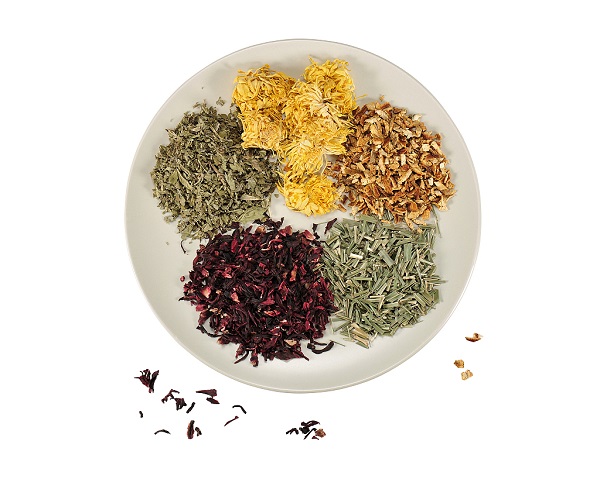Today, February 4, marks Lichun, also known as the Beginning of the Spring, one of the 24 solar terms of the year in traditional Chinese lunar calendar. Lichun usually falls on February 3 to 5 every year and is the first solar term in a year.

(Photo: Liu Kejun/People's Daily app)
In the Chinese language, the character “Li” means “start”, while the season of spring is considered as the beginning of a year.
Even though it is still cold now in many places of China, the country is waving goodbye to winter and welcoming a beautiful spring.

Tens of thousands of plum blossoms bloom on February 3, 2019 in Jinhua, east China's Zhejiang Province. (Photo: VCG)
In fact, from the Beginning of the Spring day, the temperature would rise and the rain would become more frequent, which is helpful for farmers. They would start to prepare for the fields work as soon as the weather is suitable for planting.

A villager whipped the spring cattle to prepare for farming on February 4, 2017 in Fengqiao Town, Zhuji City, east China's Zhejiang Province. (File Photo: VCG)
There is a proverb in Chinese saying that “Plan your year in spring and your day at dawn.” It shows us the importance of the Beginning of the Spring.
Lichun is always an important festival for the Chinese people and there are quite a number of rituals or celebrations to mark the day.

People were calling the spring ("Baochun" in Chinese) during activities held on February 3, 2018 in Beijng to celebrate Lichun. (File Photo: VCG)
In ancient times, local governments would distribute pictures and calligraphies with cows or some encouraging lines to every family to herald the coming of the spring. People would also greet each other with clay sculptures of cows. Cows represents farming and was a good sign in the spring.
At the same time, women would make sparrow-like paper cuts and hairpins with colorful paper or cloth, put them on windows and wear them in the hair.
There is also another characteristic custom, “Yao Chun”, meaning take a bite of the spring. It is believed that by biting a type of vegetable in the season, there would be good fortune in the New Year. Radish is the most common choice.

Children were participating in the radish biting competition on February 4, 2018 in Hefei, east China's Anhui Province. (File Photo: VCG)
People would also care more about keeping fit at this time of the year, so there are some traditions about people’s health.
The traditional Chinese medicine believes that spring is a good season to protect the liver, so instead of spicy and dry dishes, light and fresh fruit and vegetables are recommended. Lily bulbs, yams, Chinese wolfberries and lotus seeds are among the best choices.

Spring pancakes with vegetables around. (File Photo: VCG)
Scented tea is probably the best beverage at this time of year. According to the Chinese medicine, they could help to drive out the remaining coldness and warm the bodies up.
There is a lot of choice on the menu as the tea with a variety of flowers, including the plum blossoms, jasmines, roses, honeysuckles, sophora flowers and chrysanthemum. However, it is suggested that you choose in accordance with your own health condition.

Scented tea leaves (File Photo: VCG)
A lunar year without the day of Lichun is also called a “blind year”, which implies how important the date is for the Chinese.
This year Lichun comes across the Spring Festival, also known as the Chinese New Year, which is seen as a good sign. It is time to make a plan for the coming year.
(Compiled by Zhang Jian; with input from CGTN)


